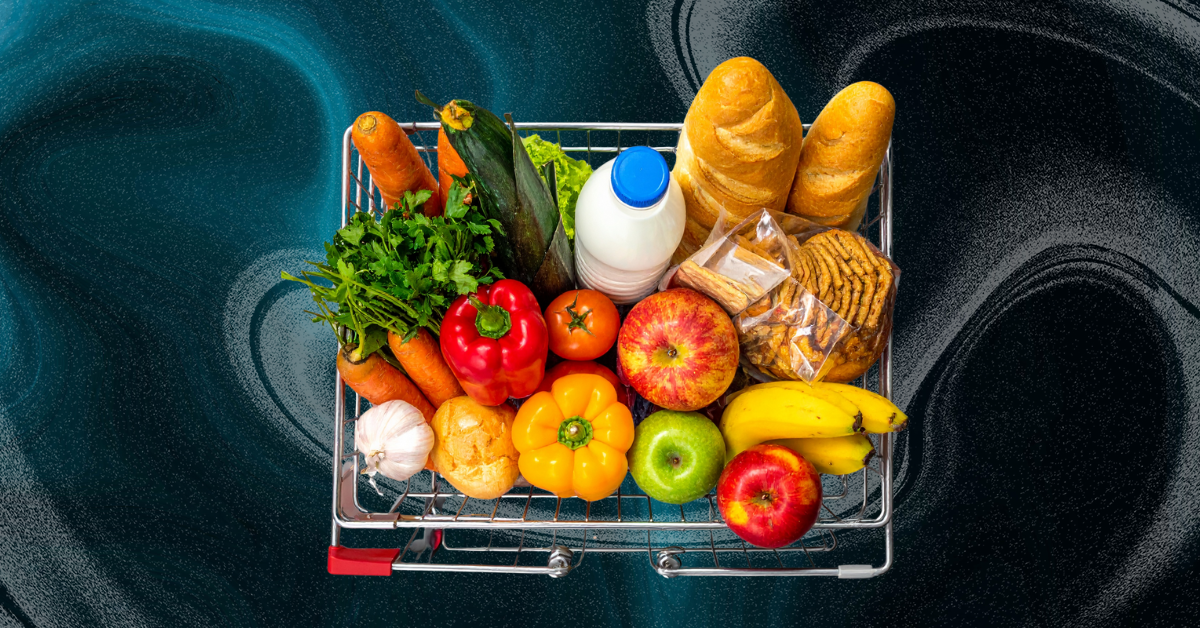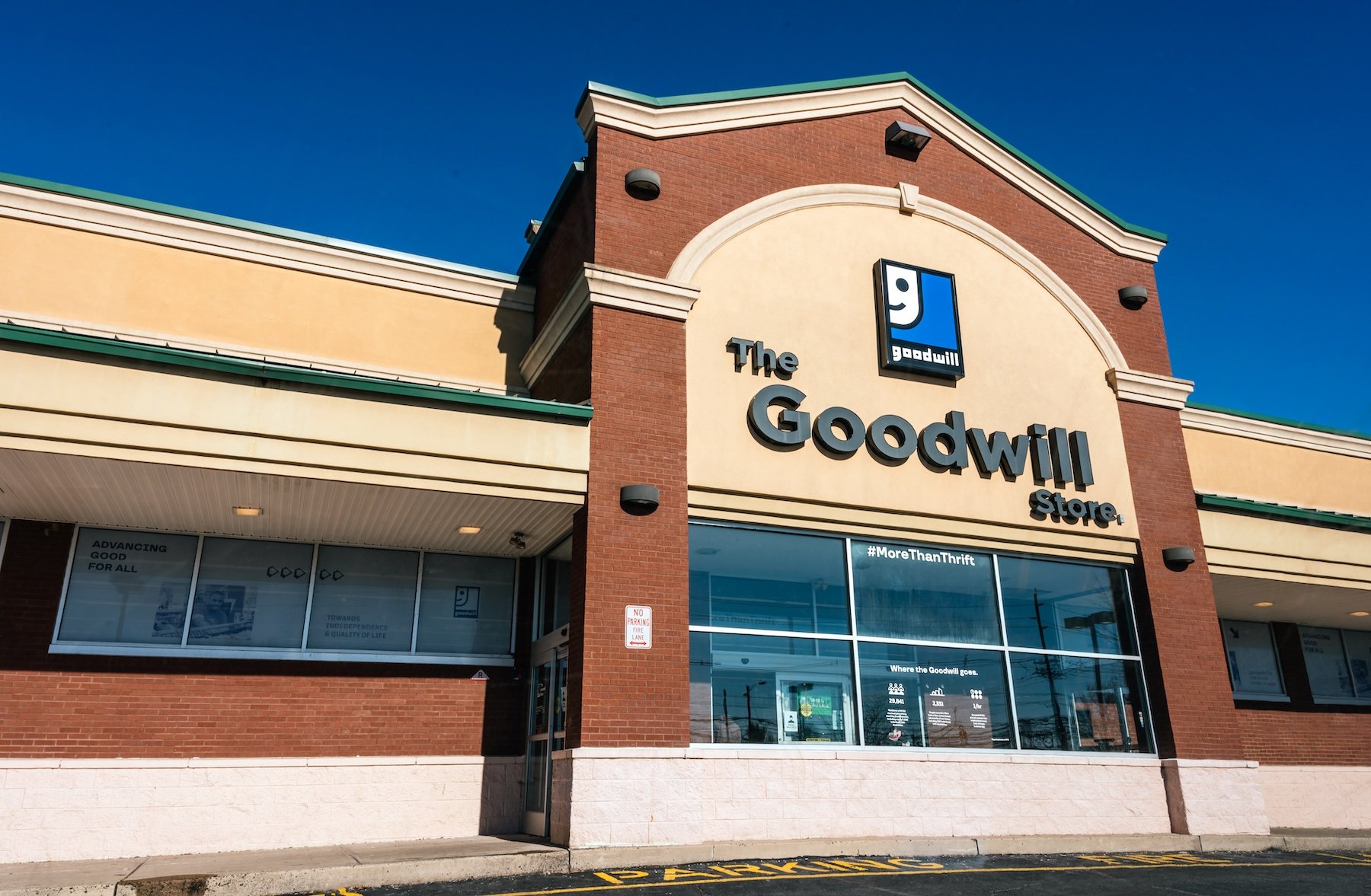
Are self-checkouts a cautionary tale in our race toward automation?
Not so fast, robot overlords. We still have a lot to figure out.
Congrats on joining the best damn newsletter in the world
Published:
Updated:
Need the full story?
Sign up for The Hustle to get the business world's wildest stories delivered daily. This one's on us.
Related Articles
-

-

In a digital world, people still love a good fountain pen
-

A growing hunger for scents good enough to eat
-

Atlanta funded a grocery store — and more are on the way
-

How this little-known company made the year’s bestselling toy
-

Blind boxes are set to take over Christmas
-

Goodwill got a glow-up
-

Now you can bet on Labubus and sneakers
-

Beauty brands for dogs have arrived — Is anyone surprised?
-

Move over, Spirit Halloween. Enter, Urban Air Adventure Park
.jpg?width=48&height=48&name=IMG_2563%20(1).jpg)

